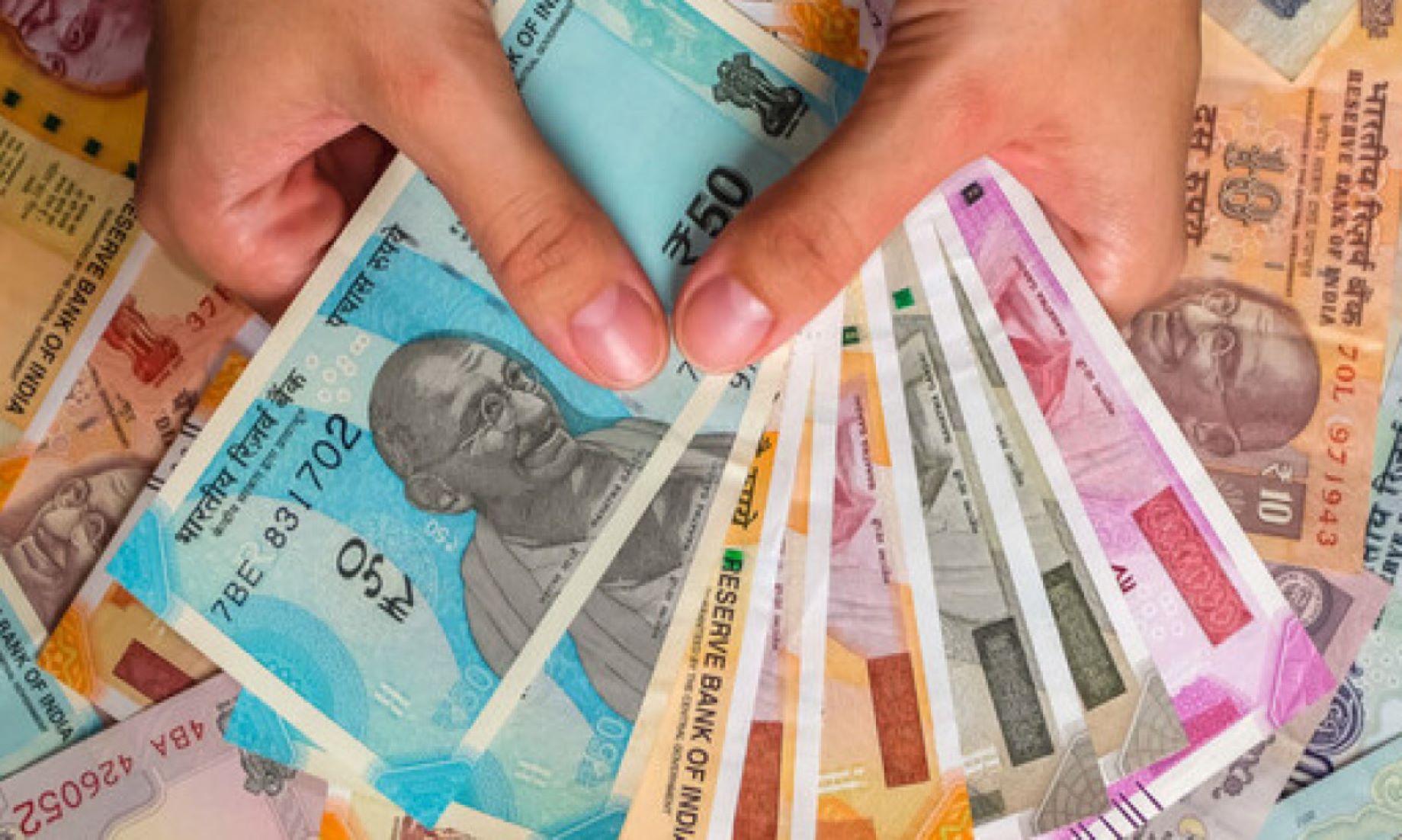by Pankaj Yadav
NEW DELHI, Jul 20 (NNN-XINHUA) – India’s exports kept rising for quite some time, giving much-needed support to the Indian economy, in the aftermath of the COVID-19 pandemic.
Meanwhile, the widening international trade deficit, on account of an even greater rise in imports, remains a major concern. One of the other major concerns at present is the declining value of the Indian rupee (INR).
India’s trade deficit widened to a record 25.63 billion U.S. dollars in June, pushed by a rise in crude oil and coal imports, from 9.61 billion U.S. dollars a year earlier, which added to fears of further pressure on the INR.
In Mar, trade deficit was 18.69 billion U.S. dollars, and stood at 192.41 billion U.S. dollars for the financial year 2021-22. In the first quarter of the current financial year, the merchandise trade deficit more than doubled to 70.25 billion U.S. dollars, compared to 31.42 billion U.S. dollars a year earlier, or in Apr-Jun 2021.
In response to the increasing trade deficit, Federation of Indian Export Organisations (FIEO) President, A. Sakthivel said, “Imports growth of over 57 percent in Jun, 2022, is of concern and has been mainly on account of petroleum products, coal, coke and briquettes, gold, electronic goods, organic and inorganic chemicals and artificial resins, plastic materials, etc.”
The FIEO president said, though the government has announced a slew of measures to support exports, there was a need to further push value-added exports, augment container manufacturing, and develop an Indian shipping line of global repute.
The INR is reported to have fallen to a record low versus the U.S. dollar yesterday, when it breached the 80-mark and stood once at 80.05 against a U.S. dollar, though later during the day it recovered to 79.92.
On Monday, the Indian government admitted that the INR had depreciated by more than 25 percent since Dec, 2014. The INR’s value declined from 63.33 against the U.S. dollar on Dec 31, 2014, to 79.41 on July 11, 2022, it said in a statement.
Finance Minister, Nirmala Sitharaman, attributed the flight of foreign investors, to funds from emerging markets to monetary tightening in advanced economies, particularly in the U.S.
The minister further said, global factors, such as the Russia-Ukraine conflict, soaring crude oil prices, and tightening of the global financial conditions, were the major reasons for the weakening of the INR against the U.S. dollar.
She added that, another contributing factor to the decline of the Indian currency was that, foreign portfolio investors had withdrawn about 14 billion U.S. dollars from the Indian equity.
“The depreciation of a currency is likely to enhance export competitiveness, which, in turn, impacts the economy positively. The depreciation also impacts imports by making them more costly. The RBI regularly monitors the foreign exchange market and intervenes in situations of excess volatility,” the minister stated.
Listing the measures initiated to soften the blow of the INR’s depreciation, she said that, the Reserve Bank of India (RBI), India’s central bank, had raised interest rates in recent months, which increased the attractiveness of holding the Indian currency for residents and non-residents.– NNN-XINHUA






